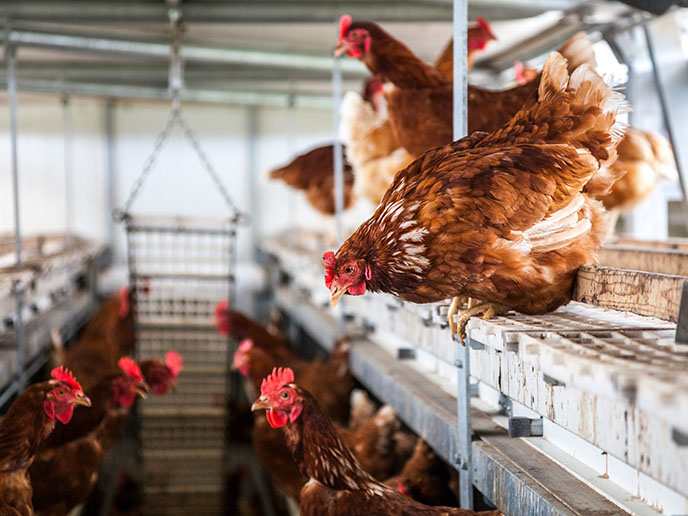Full flavour for strawberries
Intensive breeding to improve the firmness, size, yield, and disease resistance of strawberries has resulted in the fruit losing its flavour. Worse still, the complexities of volatile compounds (which provide aroma and taste) and strawberry genetics have discouraged breeders from improving the genetics responsible for their delicious taste. The challenge of restoring strawberries’ flavour was addressed by the EU-funded project IOF FLAVOUR (Control of aroma compounds in strawberry). The aim was to identify and characterise the genes that control natural variation in key flavour compounds and understand the mechanisms that control their concentration. This information was then used to translate genomic and phenotypic data into markers that can be used to breed tastier strawberries. Researchers applied molecular markers to a genetic map of the strawberry genome to easily identify sections of DNA known as quantitative trait loci (QTLs), and candidate genes. The consortium also identified the genes controlling the content of essential volatiles in strawberries, focussing on QTLs that are stable and thus suitable for marker-assisted breeding. Scientists identified the key gene FaFAD1, which is necessary for the accumulation of gamma-decalactone, a volatile and aroma compound that gives strawberry a sweet, peachy flavour. A combination of genetic and next-generation sequencing analysis was used to identify two candidate genes for the variation of the volatile and aroma compound gamma-dodecalactone. Data obtained by IOF FLAVOUR from these different approaches were used to unravel the complex network of aroma compound biosynthesis and identify genes controlling important volatiles. This information was also used to test whether markers linked to the genes are useful in increasing the efficiency and precision of strawberry breeding programmes and in the development of new cultivars with enhanced flavour. Test markers will also be investigated to discover whether these markers are common to other important crops like peaches or ornamental species, such as rose.







